Amazing Facts About Abortion In Canada: History and Procedures
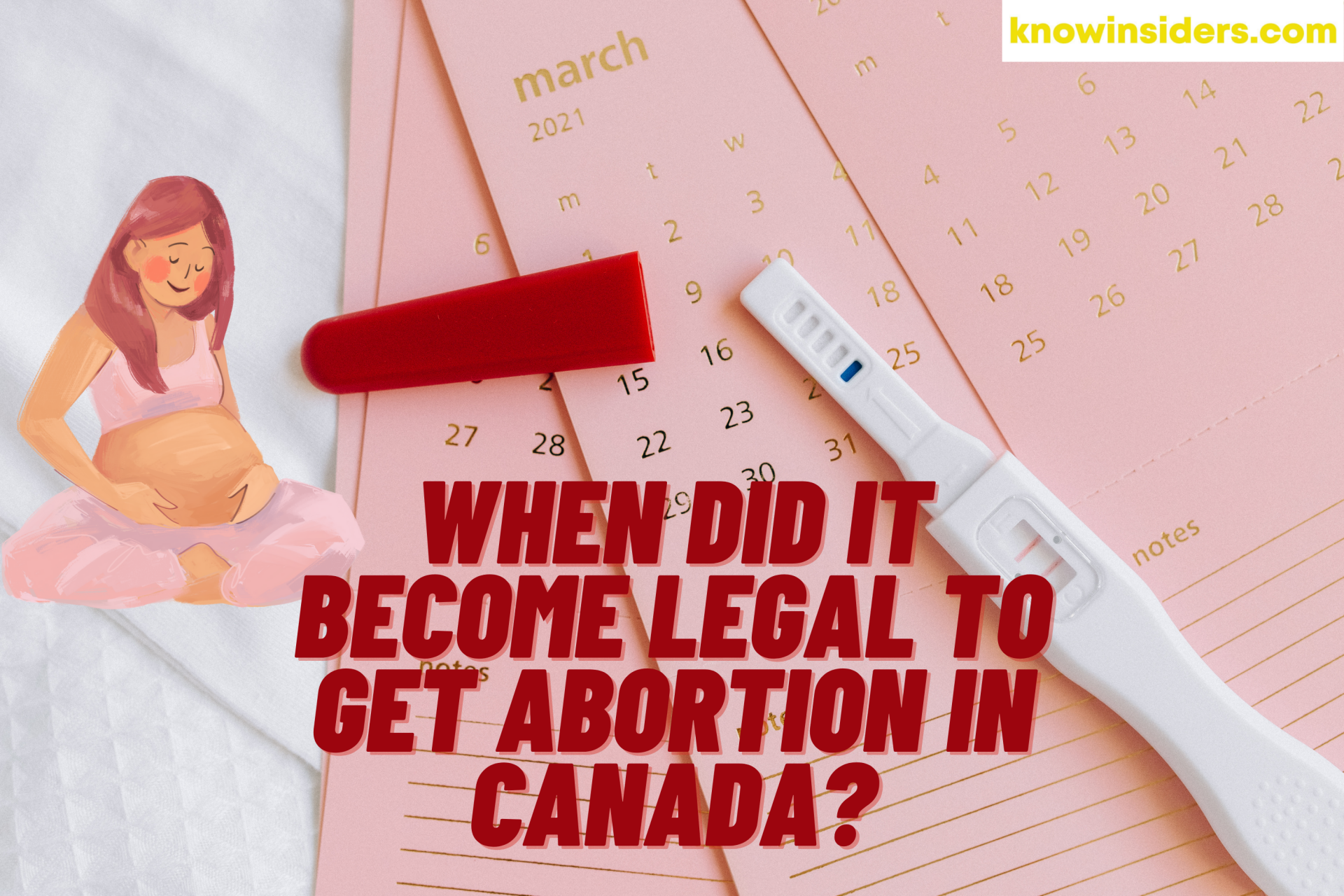 |
| When Did It Become Legal To Get Abortion In Canada? History and Abortion Procedures. Photo KnowInsiders |
Abortion is the premature ending of a pregnancy. Inducing an abortion was a crime in Canada until 1988, when the Supreme Court of Canada struck down the law as unconstitutional. Since then, abortion has been legal at any stage in a woman’s pregnancy.
Abortion is publicly funded as a medical procedure under the Canada Health Act. However, access to abortion services differs across the country. Despite its legalization, abortion remains one of the most divisive political issues of our time.
Crime of Abortion and 1969 Amendment
Prior to 1969, inducing an abortion was a crime under Section 251 of the Criminal Code. The maximum penalty for a doctor, or anyone else assisting a woman to end her pregnancy, was life imprisonment. If the woman herself was convicted, the penalty was two years.
One famous abortion case occurred in 1879. It involved Emily Stowe. She was the second Canadian woman to be licensed to practice medicine. Stowe was charged with performing an abortion on a young patient; through the administration of drugs. She was eventually acquitted after a long and high-profile trial. The prosecution of Stowe illustrated how seriously authorities viewed the crime of abortion in the late 19th century. By the mid-20th century, official attitudes had changed, and the abortion law was rarely enforced against doctors.
In 1969, the government of Prime Minister Pierre Trudeau amended the Criminal Code. Doctors were allowed to perform abortions in accredited hospitals if a pregnancy threatened the health or life of a woman. A committee of doctors was required to approve the procedure. In all other circumstances, abortion remained illegal.
History of Abortion Law in Canada
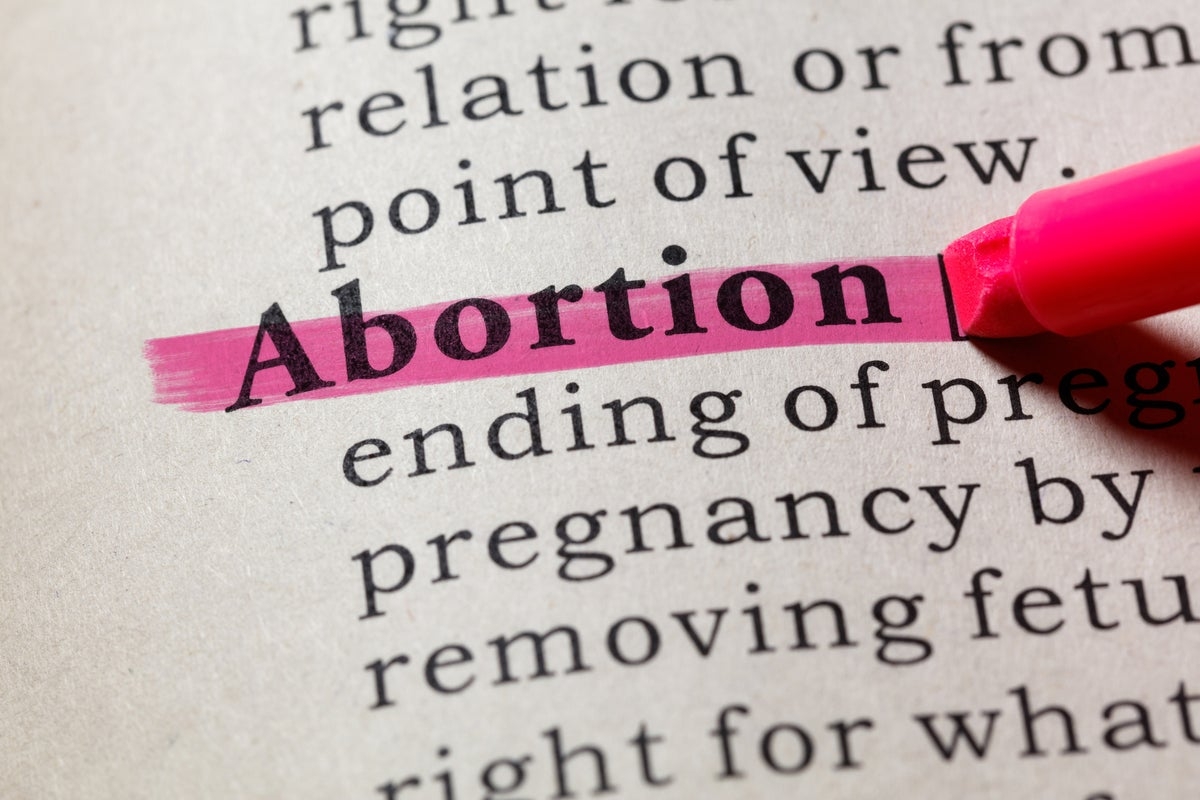 |
| Photo Independent |
1969
Limited Abortion is Permitted
In 1969 the Liberal government permitted abortion under certain circumstances. Abortions were to be provided only in a hospital if a committee of doctors decided that continuing the pregnancy might endanger the woman’s life or health.
1970
Abortion Caravan
The Vancouver Women’s Caucus organized a caravan to travel from Vancouver to Ottawa as a national feminist protest to liberalize the abortion law.
1982
Charter of Rights and Freedoms
In 1982, Canada enacted the Charter of Rights and Freedoms. Any law found contravening those rights could be struck down as unconstitutional.
1988
R. v. Morgentaler
In 1988, the Supreme Court of Canada struck down Canada’s abortion law as unconstitutional. The law was found to violate Section 7 of the Charter of Rights and Freedoms because it infringed upon a woman’s right to “life, liberty and security of person.”
Chief Justice Brian Dickson wrote: “Forcing a woman, by threat of criminal sanction to carry a foetus to term unless she meets certain criteria unrelated to her own priorities and aspirations, is a profound interference with a woman’s body and thus a violation of her security of the person.”
Canada became one of a small number of countries without a law restricting abortion. Abortion was now treated like any other medical procedure and was governed by provincial/territorial and medical regulations.
1989
Tremblay v. Daigle
In 1989, the Supreme Court ruled that a father has no legal right to veto a woman's abortion decision. The ruling came after the boyfriend of Chantal Daigle obtained a court injunction preventing her from getting an abortion. By the time the case was settled, Daigle had secretly obtained an abortion in the U.S.
1990-1991
Bill C-43
The federal government, led by Progressive Conservative Brian Mulroney, introduced Bill C-43, which would sentence doctors to two years in jail for providing abortions where a woman's health was not at risk. The bill was passed by the House of Commons but died in the Senate after a tie vote. No new bill has been introduced.
1995
Rulings Force Provinces to Allow Private Abortion Clinics
In 1995, provincial and federal rulings forced Nova Scotia and New Brunswick to allow private abortion clinics. Despite that, access to abortions outside hospitals continued to be inconsistent across the country. Some provinces and territories decided to cover the cost of abortions provided in clinics outside hospitals. Others didn't, meaning that women who couldn't get into a hospital for an abortion had to pay the costs of a clinic abortion out of their own pockets.
2006 - 2015
Continued Attempts to Pass Anti-Choice Legislation
During this period there were several private members’ bills introduced in the House of Commons such as the Unborn Victims of Crime Act and The Protection of Pregnant Women and their Preborn Children Act. While the names of these bills appear to be benign or for the protection of women, any legal analysis we have seen, have argued that they are back door attempts to re-open the abortion debate.
2014
New Brunswick released changes regarding abortion
Since abortion was decriminalized in 1988, New Brunswick had the strictest regulations relating to abortion access. In 2014 New Brunswick released changes to Regulation 84-20, which removed the requirement that “an abortion must be performed by a specialist in the field of obstetrics and gynecology” and that “two medical practitioners certify in writing that the abortion is medically required”. The new regulation stated, “an abortion will be covered if it is performed in a hospital facility approved by the jurisdiction in which the hospital facility is located”.
2015
Medical abortion with mifepristone
Mifepristone, one of the medications used for medication abortion, is approved by Health Canada. The product will be sold in Canada as Mifegymiso®.
2016
Expanded and safer access to abortion
The Government of PEI announces a Women’s Wellness Centre will be established at Prince County Hospital, Summerside and will include both surgical and medical abortions. It becomes operational in early 2017.
Newfoundland and Labrador’s Access to Abortion Services Act passed. This act requires protesters to maintain a legally defined distance from abortion clinics.
The National Assembly of Québec passed Bill 92. This is a larger bill and sections 75,76 and 79 are related to the “bubble” or access zone. A portion of the act requires protesters to maintain a legally defined distance from abortion clinics.
2017
Mifegymiso® becomes available in Canada.
Provincial governments start to cover the cost of Mifegymiso® for people covered under their respective provinces’ health insurance plans.
2018
More expanded access
The Safe Access to Abortion Services Act comes into effect in Ontario that allows for safe access zones to be established around facilities that offer abortion services as well as the homes and offices of regulated abortion providers.
The Protecting Choice for Women accessing Health Care Act comes into effect in Alberta, which requires protesters to maintain a legally defined distance from abortion clinics.
All provinces, territories and federal health programs cover the cost of Mifegymiso® for people covered under their respective health insurance plans.
2020
The Protecting Access to Reproductive Health Care Act
The Protecting Access to Reproductive Health Care Act comes into effect in Nova Scotia, which prohibits protest activity within a defined distance from health care centres, pharmacies and doctors’ offices providing abortion care.
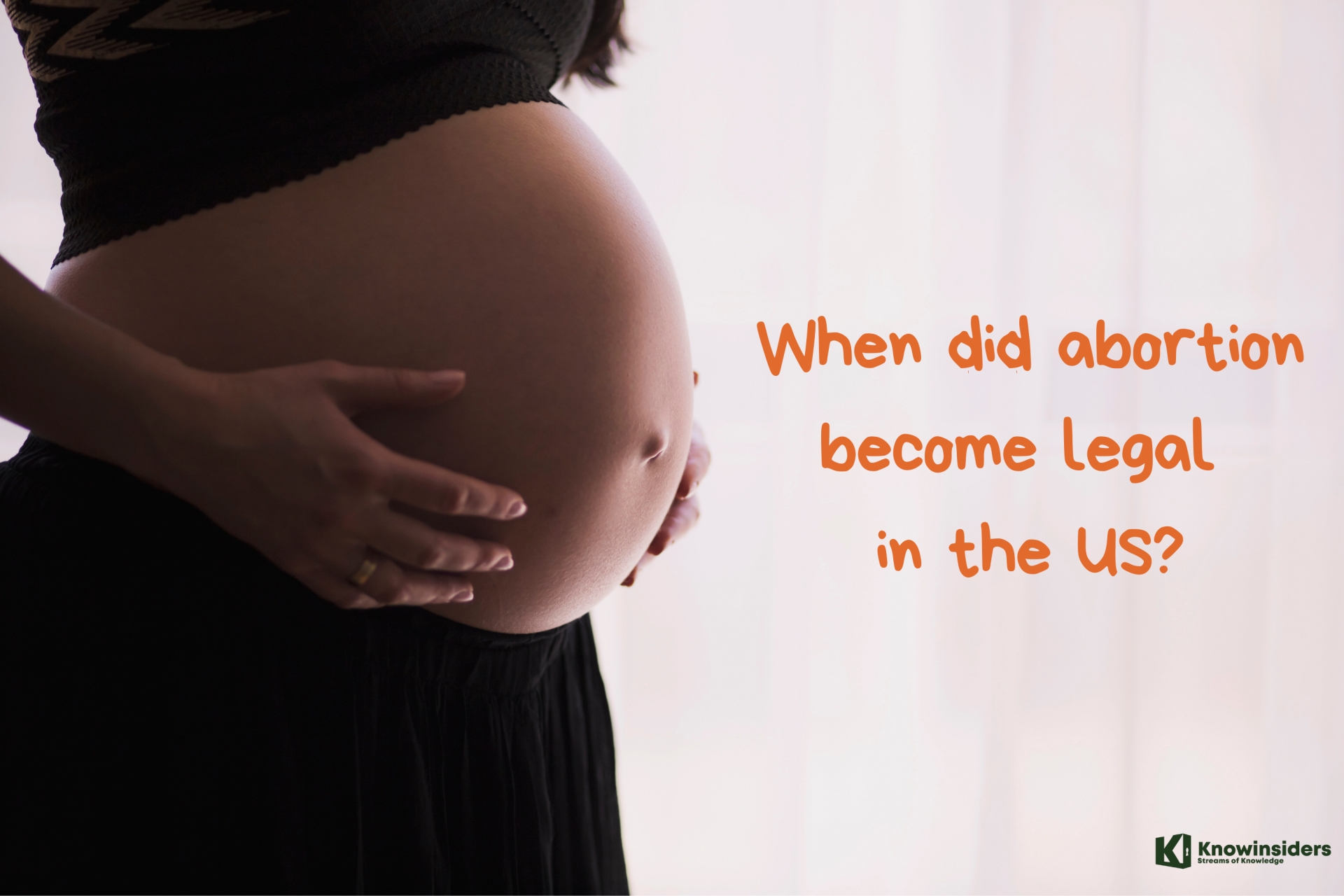 When Did Abortion Become Legal in America: Amazing Facts, Pros and Cons When Did Abortion Become Legal in America: Amazing Facts, Pros and Cons People around the world have used to control their reproduction at every point in history, and in every known society — regardless of its legality. ... |
Abortion Pill
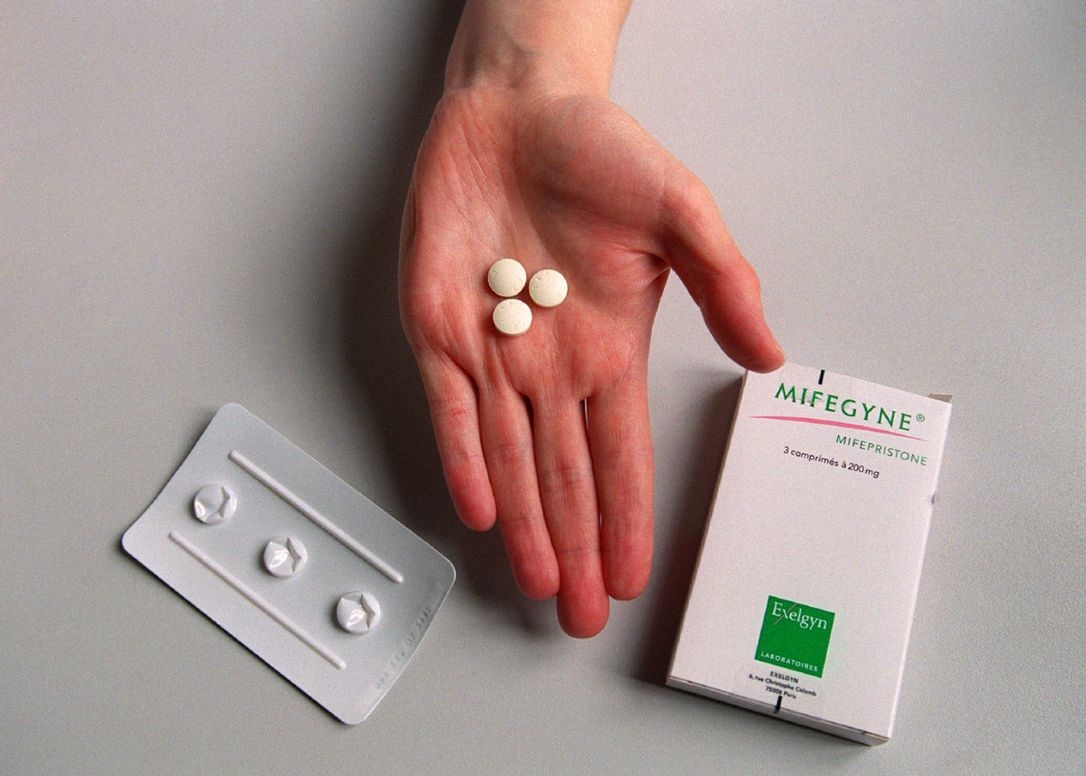 |
| Photo Toronto Star |
In July 2015, after a lengthy review process, the federal government allowed Canadian doctors to begin prescribing Mifegymiso; a drug regime more commonly known as the “abortion pill.” The two drugs that make up Mifegymiso allow women to end an early pregnancy (within 49 days of becoming pregnant) at home. Designed in part to improve access to abortion, the drugs act by inducing a miscarriage.
Unlike with other medical drugs, the federal government requires doctors to dispense Mifegymiso directly to patients; rather than sending them with a prescription to a pharmacy. However, those rules may be loosened in some provinces. Doctors are also required to take an online training course before they can dispense it. Women’s health advocates have criticized these rules; they say they unnecessarily complicate access to the drugs, and make it difficult for doctors with small practices, especially in rural areas, to stock supplies of it.
What are abortion procedures?
There are two types of abortions - medical abortions and surgical abortions. Medical abortions use drugs to empty the uterus, surgical abortions use instruments to remove the contents of the uterus. There are many factors that influence the decision about which abortion procedure is best for you. Some things that you may want to think about include:
do you want to be awake or asleep for the procedure?
where are you most comfortable having the procedure done (an abortion clinic or hospital)?
do you want to have surgery or would you prefer a medical (drug) option?
A number of other factors will also influence your decision:
how long it has been since your last period (some procedures can be done only early in pregnancy)
if you have any health conditions that might limit your options
what procedures (if any) are done near your home
how far you might have to travel to have a procedure done
| Unfortunately, many women in Canada have to travel to have access to an abortion. Sometimes this can delay the procedure and limit your options. Talk to your doctor or the staff at your local public health unit or birth control clinic for more information about what is available in your area. If you are not getting enough information for you to make this choice, you may need to find an alternative source of information. Organizations like the Canadian Federation for Sexual Health should be able to refer you to the closest resources. |
Access to abortion remains a challenge: experts
Twice so far, the Liberal government in its two recent mandates held back money from New Brunswick over its refusal to fund the full range of abortion services in its jurisdiction in 2017 and 2021.
In both cases, the federal government held back roughly $140,000 in health funding after New Brunswick refused to fund abortions performed in Clinic 554, a sexual health clinic.
Instead, the province only funds abortions in two hospitals in urban centres, and has pushed back on warnings from the federal government that the limited access is insufficient under the act.
Sexual health advocates have long warned that multiple provinces fall short in meeting the requirement under the act to make sure that insured services like abortion are accessible.
Global News has also documented how dozens of Canadian women are forced to travel to other provinces or the U.S. for abortions each year out of a lack of access to the time-sensitive service at home.
Chabot noted barriers to abortion have been “persistent” in Canada for decades, particularly for those who live in rural areas or don’t have the money to travel to larger urban centres for abortion.
“We have seen problems that have been longstanding and that we need to see addressed in all of their complexities,” she said, noting lack of access to birth control remains a challenge for many.
| The federal NDP platform also includes proposals to improve access to abortion. The NDP have proposed funding prescription contraceptives through their national pharmacare plan and vowed to use the Canada Health Act’s existing powers to “make sure that the provinces make medical and surgical abortion available in all parts of the country, without barriers.” The Conservative platform makes one mention to abortion when it states: “A Conservative Government will not support any legislation to regulate abortion.” Tory Leader Erin O’Toole has said he is pro-choice, but had said he would support the conscience rights of doctors who refuse to refer patients for abortions. He reversed that position on Aug. 20, saying that doctors must refer patients for referrals for health care services like abortions or assisted dying. |
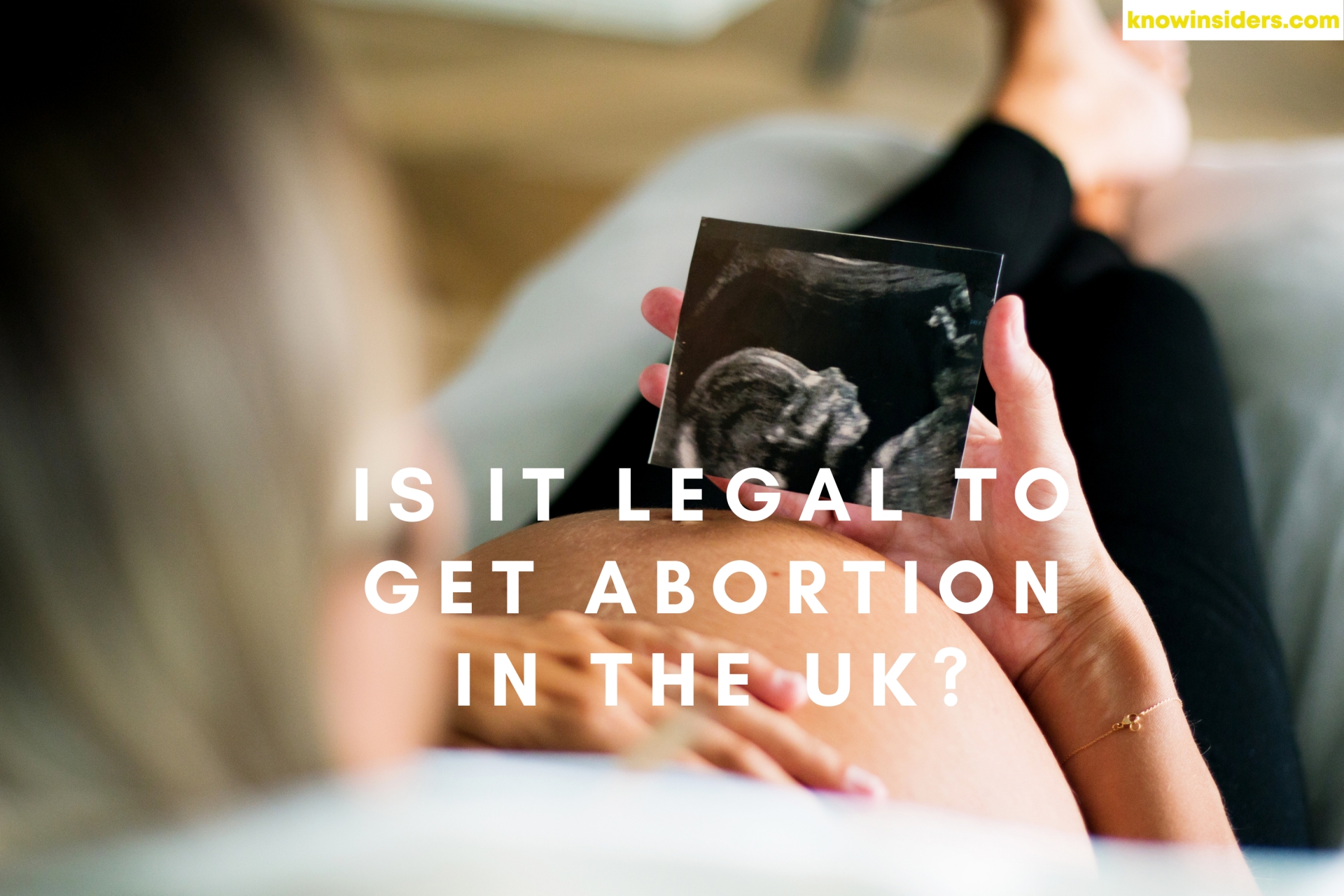 Is Abortion Legal In The UK? Is Abortion Legal In The UK? Do you know when abortion became legal in the UK? How late can a woman get abortion? Read on to know the answers. |
 When Did Abortion Become Legal in America: Amazing Facts, Pros and Cons When Did Abortion Become Legal in America: Amazing Facts, Pros and Cons People around the world have used to control their reproduction at every point in history, and in every known society — regardless of its legality. ... |
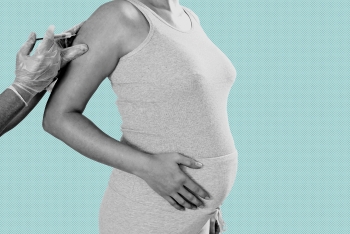 What are the needed vaccines for women before and during pregnancy? What are the needed vaccines for women before and during pregnancy? Vaccines can help protect both you and your baby from vaccine-preventable diseases. At KnowInsider, we figure out the necessary vaccines for pregnant women to protect ... |



























